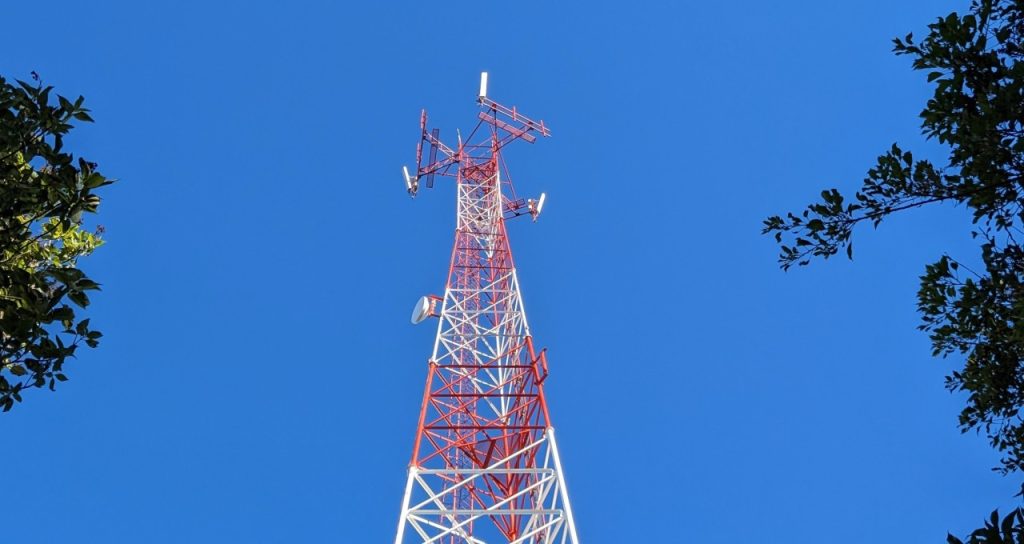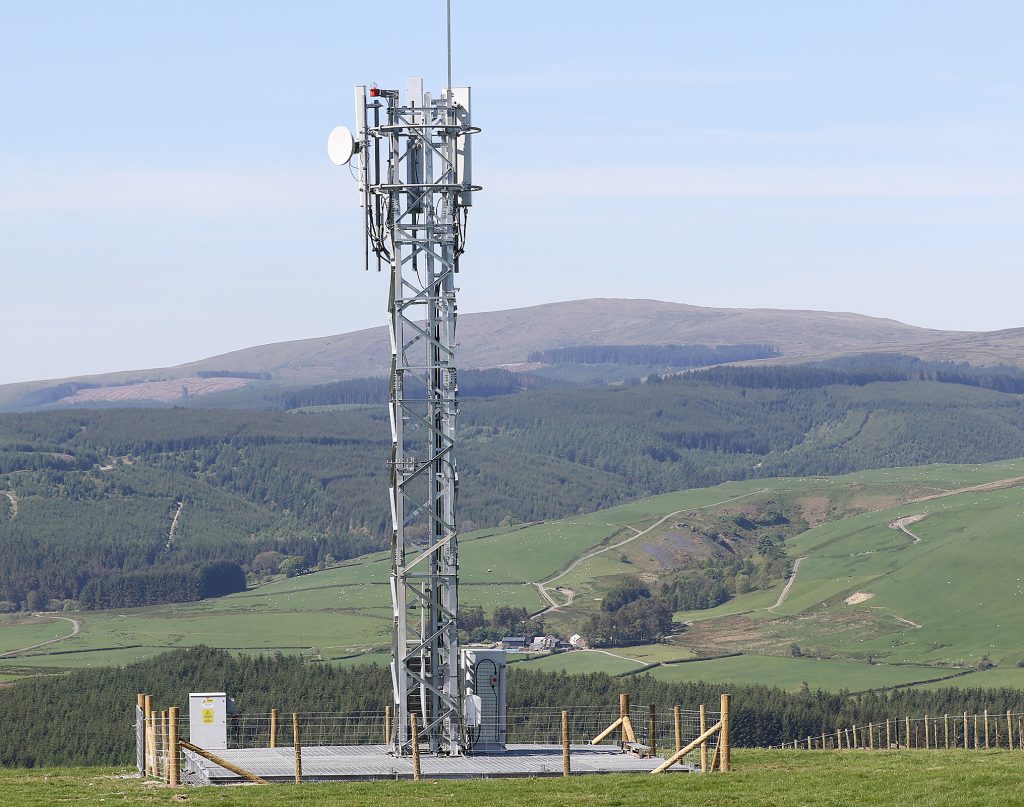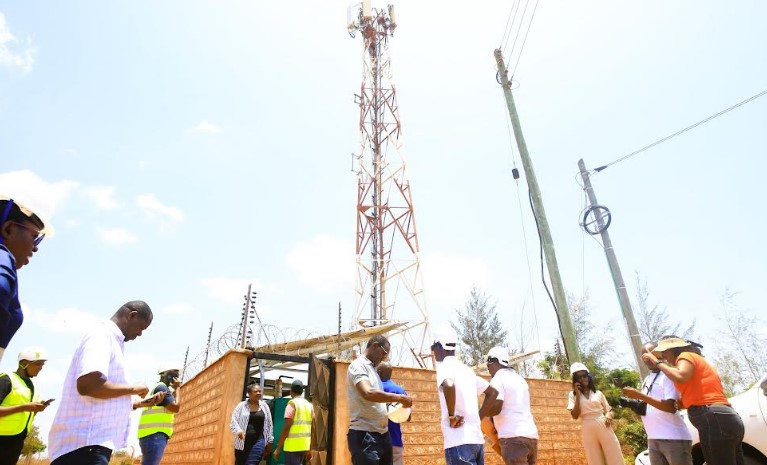
CA to expand DTT coverage in Eastern, Northwestern Kenya
The Communications Authority of Kenya (CA) will establish transmitting stations for Digital Terrestrial Television (DTT) in the unreached and underserved parts of eastern and northwestern Kenya.
According to the CA, the project aims to raise access to free-to-air television and promote digital inclusivity, particularly in remote areas such as Turkana, Marsabit, and Mandera counties.

DTT is a land-based broadcasting technology that transmits TV signals over radio waves, and it remains the most prevalent method of receiving free-to-air TV globally.
“Due to a lack of infrastructure, such counties have insufficient access to fixed television broadcasting,” the CA said.
The upgrade sees the transmission stations to be put up in Kakuma (Turkana), Mount Kulal (Marsabit), and Takaba (Mandera) for they are not reached by the national DTT coverage.
“Extension of DTT coverage in these areas is consistent with Kenya’s commitment to digital migration and aligns with the government’s broader goal of achieving universal access to ICT services,” the CA noted.
The regulator drew reference to Kenya Digital Economy Blueprint 2019, which champions the adoption of digital technologies aimed at improving quality of life as well as the achievement of sustainable economic growth.
 “Quality broadcasting and information services availability is a cornerstone for this vision and helps in mitigating the rural digital divide,” the regulator explained.
“Quality broadcasting and information services availability is a cornerstone for this vision and helps in mitigating the rural digital divide,” the regulator explained.
The Communications Authority of Kenya (CA) said it invites sealed tenders for Roll out of digital terrestrial television (DTT) Pilot project in this areas.
 “Tendering will be conducted under open national competitive method using a standardized tender document. Tendering is open to all qualified and interested Tenderers.
“Tendering will be conducted under open national competitive method using a standardized tender document. Tendering is open to all qualified and interested Tenderers.
Tenderers are eligible to tender for all lots in the categories as long as one meets the requirements stipulated,” CA said in a tender notice.
 The most recent data from the CA show that DTT subscriptions rose by 0.5 percent to 4.83 million in the quarter ending December 2024, up from 4.51 million during the previous quarter ending September.
The most recent data from the CA show that DTT subscriptions rose by 0.5 percent to 4.83 million in the quarter ending December 2024, up from 4.51 million during the previous quarter ending September.








